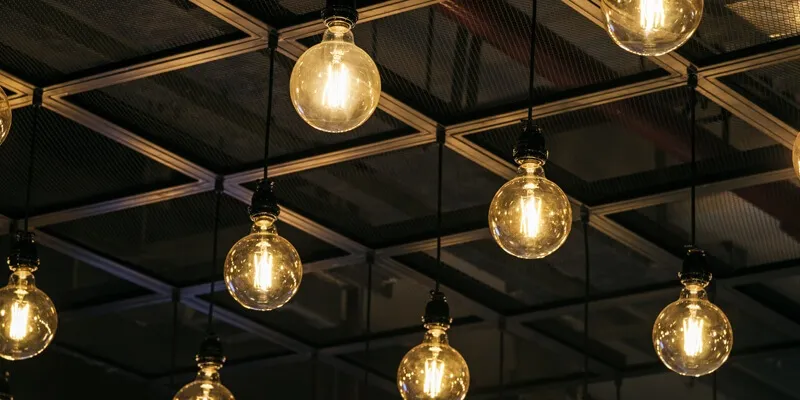Lighting Design International's call for greater sustainability likely reflects a growing trend within the lighting design industry and the broader architecture and design community. Sustainability has become a significant concern across various sectors, including construction, urban planning, and interior design, driven by the urgency of climate change and environmental degradation.
Several reasons support the push for greater sustainability in lighting design:
- Energy Efficiency: Sustainable lighting designs prioritize energy-efficient technologies such as LED lighting, which consume less electricity and reduce carbon emissions compared to traditional lighting sources. This helps mitigate the environmental impact of lighting installations and contributes to overall energy conservation efforts.
- Resource Conservation: Sustainable lighting design aims to minimize resource consumption, including materials used in lighting fixtures and components. Designers may opt for eco-friendly materials, recyclable products, and designs that minimize waste generation throughout the lifecycle of lighting installations.
- Reduced Light Pollution: Light pollution has detrimental effects on wildlife, ecosystems, and human health. Sustainable lighting design strategies focus on minimizing light pollution by using directional lighting, shielding fixtures to prevent glare and spill, and implementing lighting controls to reduce unnecessary light emissions during off-peak hours.
- Longevity and Durability: Sustainable lighting designs prioritize longevity and durability, opting for fixtures and components that have extended lifespans and require less frequent replacement. This reduces the environmental impact associated with manufacturing, transportation, and disposal of lighting products.
- Biophilic Design: Biophilic design principles emphasize the integration of natural elements and patterns into the built environment to promote human well-being and connection with nature. Sustainable lighting designs may incorporate daylighting strategies, dynamic lighting controls, and circadian lighting systems that mimic natural light patterns to enhance occupant comfort and productivity.
- Life Cycle Assessment (LCA): Sustainable lighting design practices often involve conducting life cycle assessments to evaluate the environmental impact of lighting installations from cradle to grave. This holistic approach considers factors such as raw material extraction, manufacturing processes, energy consumption, transportation, installation, maintenance, and end-of-life disposal or recycling.
By advocating for greater sustainability in lighting design, Lighting Design International and other industry stakeholders are promoting responsible and environmentally conscious practices that align with global efforts to address climate change, preserve natural resources, and create healthier and more resilient built environments.
